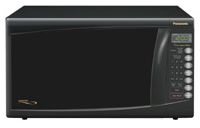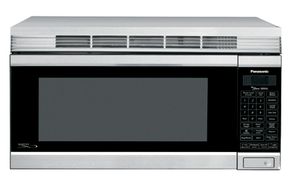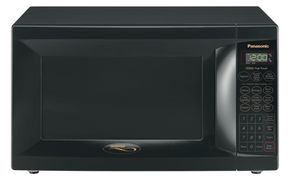The microwave oven could be one of the great inventions of the 20th century — hundreds of millions of homes worldwide have one.
Just think about how many times you use a microwave every day. You're running late for work, so there's no time to fix breakfast at home. On your way to the office, you stop to gas up your car. Inside the quickie-mart, you grab a frozen breakfast burrito and pop it in the microwave on the counter. Later that day, you have to work through lunch. By 3 p.m., you're starving, so you grab a snack-pack of microwaveable popcorn from the vending machine and pop that in the break-room microwave. That night, after a really long day at work, you're simply too tired to grill out, so you dish up last night's lasagna and heat it up in the microwave.
Advertisement
As you can see, microwave ovens are popular because they cook food in an amazingly short amount of time. These ubiquitous appliances are also extremely efficient in their use of electricity because they only heat the food, not theoretically, the microwave-safe container the food's in. In this article, we'll discuss the mystery behind the magic of "meals in a minute" with microwave cooking.
Advertisement


